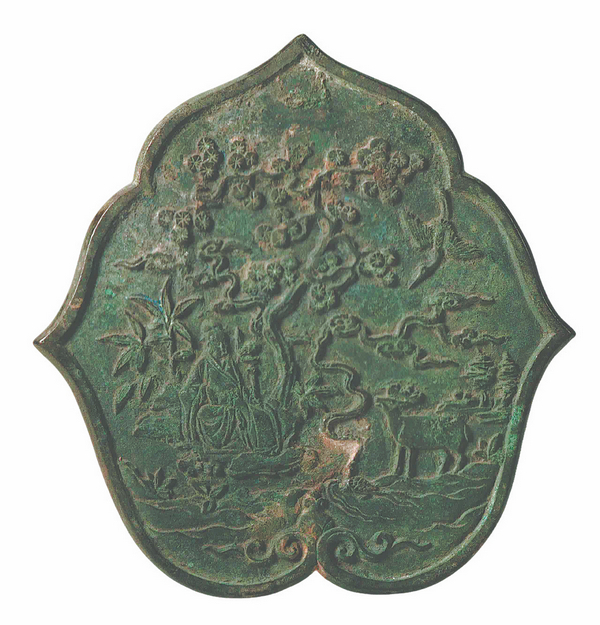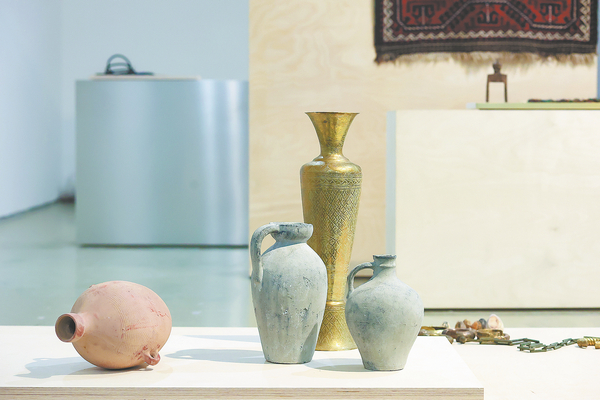

Reflections of history
Bronze mirrors once played an essential role in ancient Chinese life. The earliest examples of this have been found in the activities from archaeological sites of Qijia Culture in the late years of the Neolithic age. Not only were they used and adorned the interior spaces of homes, but they were also embedded with rich meaning, as the backs were often cast with patterns and characters to remind one of morality.
History Reflected in Mirrors, an exhibition running until Sept 18 at the Xinjiang Uygur Autonomous Region Museum, shows the workmanship, cultural traditions and social etiquette embodied by the bronze mirrors.
More than 240 objects are on display from the collection of the National Museum of China in Beijing, which is an effort to make the collections more accessible to the public through touring exhibitions outside the capital.
The intricate relief patterns on the backside of a bronze mirror have been a major attraction for visitors to appreciate. The various motifs and characters give rich clues to the economic development, folklore and social mentality of the time and trade between China and the world.
10 am-6:30 pm, closed on Mondays. 581 Xibei Lu, Urumqi, Xinjiang Uygur autonomous region.0991-4552-826.

Imagery with ease
Born in Aurillac, France, Isabelle Cornaro spent the early years of her childhood in the Central African Republic before moving to Paris. She is an artist, art curator and educator. The rich cross-cultural, cross-disciplined experiences of her life have rendered her work with diverse perspectives and depth of history.
Cornaro's namesake solo exhibition is taking place at the Today Art Museum in Beijing until July 14. The exhibition displays 24 works that introduce her exploration of the boundaries between daily objects, especially those for decoration, and art.
She has used various materials, such as small things purchased at antique shops and flea markets.
Her work exhibits her intense research on classical art. She attempts to translate the elements into the modern context to challenge people's experiences and established understanding of knowledge.
10 am-6 pm, closed on Mondays.32 Baiziwan Lu, Chaoyang district, Beijing. 010-5876-0600.

City outlook
Moments of Passion, now underway at Tsinghua University Art Museum until Aug 25, gathers the paintings, sculptures and installations of four artists who live and work in Shanghai and have created an abstract method to present the city's characters.
Curated by Xu Hong, the show examines a broad picture of Shanghai's history and culture that nourishes the featured artists and their roles in spearheading the abstract movement in the country over the past four decades.
Ding She's works are characterized by the use of Chinese character strokes with which he has created scenes of fantasy for viewers to explore. Li Lei's paintings often capture people with vibrant colors and a carefree way of layering shades.
Yang Dongbai uses stainless steel to make landscape sculptures of which the smooth, reflective surface reminds one of the vigorous, ever-changing city life. Pan Wei also integrates character strokes into his work to deliver the mysterious and express the weight of history.
9 am-5 pm, closed on Mondays. Tsinghua University, Haidian district, Beijing. 010-6278-1012.